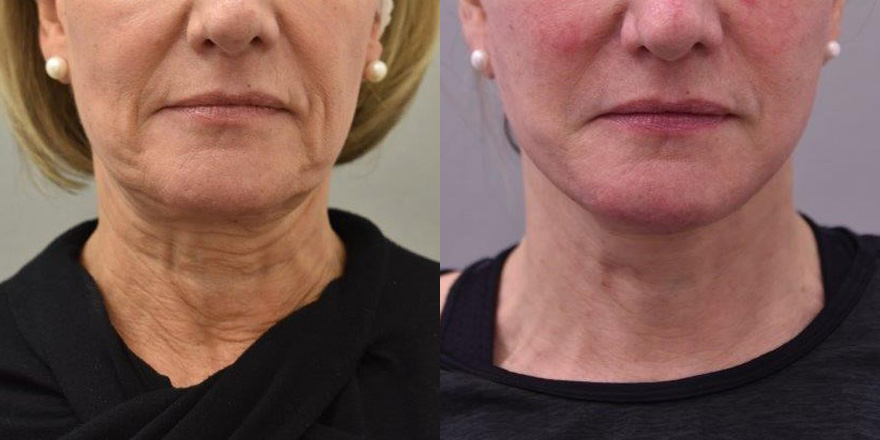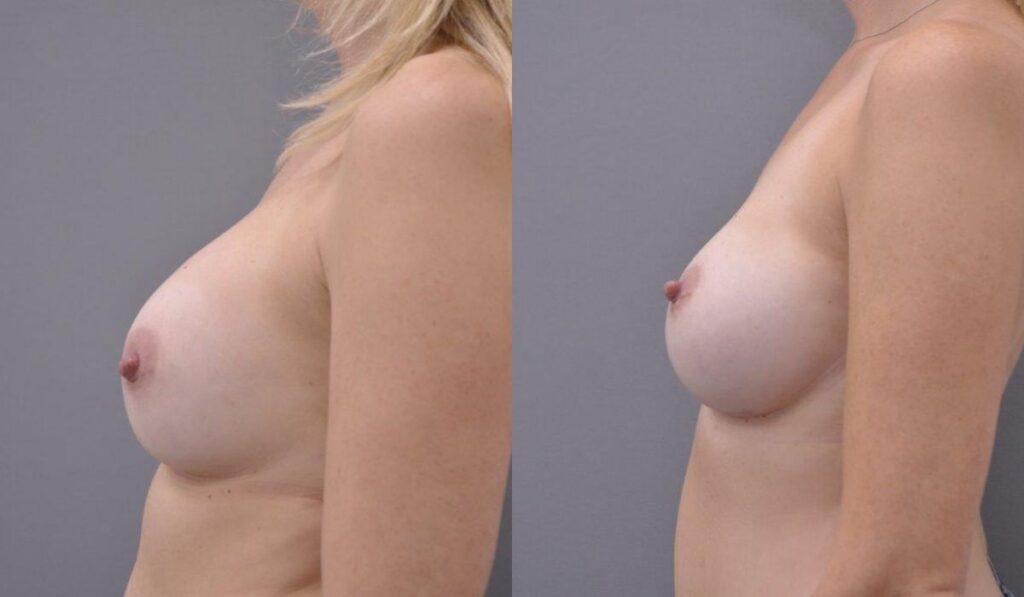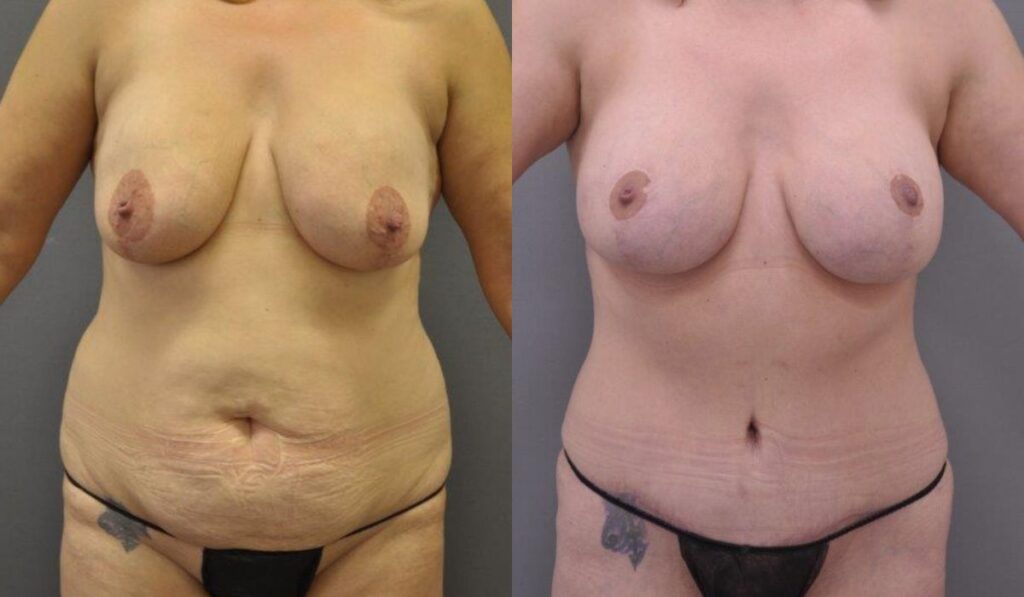Secondary (Corrective) Plastic Surgery
Tunbridge Wells, Kent, London
A significant proportion of Mr Pacifico’s practice involves performing secondary (corrective) surgical procedures. These are most frequently breast and facial procedures, but he also performs secondary procedures on other areas too.
Why do people require secondary procedures?
Broadly speaking, there are four reasons why secondary procedures may be indicated:
- The passage of time – one of life’s inevitabilities is the ageing process. This affects our whole body, and affects all of our tissues, including our skin and soft tissues. Therefore, no matter how well a procedure has been performed, with the passage of time, there will be changes that affect the result. This might be the continued sagging of the neck or jowls after a facelift, or the ageing changes of a breast over an implant. In these situations, people may seek secondary surgery to re-position, or re-lift an area of previous surgery.
- A complication – Unfortunately, surgical complications do happen. They may be due to bleeding, infection, poor wound healing or for other reasons, but if they occur, there is a chance they can have an effect on the final result. If so, then corrective surgery might be indicated.
- Poorly executed initial surgery – There are a number of reasons the outcome from previous surgery may be below the standard expected. This might be due to sub-standard surgical planning, sub-standard surgery itself, or sub-standard aftercare. Hopefully these situations are few and far between, but they do happen, and Mr Pacifico is frequently called upon to rectify and correct adverse outcomes referred to him from elsewhere.
- Unpredictable skin and soft tissue behaviour – Despite good decision-making, planning and execution of surgery, some people’s tissues may not behave predictably. This might be due to poor scar formation, early relapse of sagging after a face/neck lift or breast surgery, or for other reasons. “As Plastic Surgeons, we are not working with solid, predictable materials like wood, but living mobile soft tissue. Therefore there is always a degree of unpredictability in how the tissues behave over the medium to long term, particularly in some people”.
Mr Pacifico’s most frequently performed secondary procedures
The majority of “secondary” cases Mr Pacifico undertakes are face or neck lifts, and breast surgeries.
Face & neck lifts
The face and neck lifts are principally due to further changes over the passage of time, or a result of undesirable outcomes from previous surgery. Often he discovers that the previous surgery (which can be evidenced from the scar tissue encountered on the inside) has not been very extensive, and too much skin, relative to the support of the underlying SMAS tissue, has been removed. Therefore in dealing with this sort of situation he has to completely redo and lift and support the SMAS more extensively than it was previously (please see the facelift page for more information and explanation). Only by doing this can he re-contour and re-shape the jawline and neck. If there is further redundant skin it can be excised, but quite often, there is little extra skin to remove, and the skin is now in a position to be re-draped and carefully stitched in a very natural way.
Secondary Facelift

Breast surgery
The most frequently performed secondary breast operations performed by Mr Pacifico relate to previous breast augmentation. Often, with past trends, patients are seeking to have their overly large implants down-sized. If the implants have been in for any length of time, they will have inevitably stretched the breast and its skin. Therefore a breast lift and tightening procedure is often indicated in these situations. It might also be that the implant that was originally placed on top of the muscle needs to be re-located to a new pocket under the muscle. This is challenging and time-demanding surgery. It is also a topic that Mr Pacifico is invited to speak on and lecture around the world, due to his extensive experience in the field.
Dealing with other long-term breast implant issues such as implant rupture and capsular contracture as well as the ageing changes of the breast are also common situations Mr Pacifico deals with.
Book 3D ConsultationBreast Surgery

Breast surgery
Other breast surgery that is revised includes breast reduction, re-lifting previously lifted breasts that have sagged over time, and addressing changes to previously operated on breasts that have occurred with pregnancy and breast-feeding.
Secondary Mommy Makeover

Conclusion
It is important to appreciate that Plastic Surgery is not magic, it is not error-proof and it does not stay static for ever. Things will change and issues can occur, but if they do, there is usually a solution, even if it means undergoing further revisional surgery. Thanks to Mr Pacifico’s depth of experience and expertise, he is one of the handful of Plastic Surgeons who devotes part of his practice to specialise in corrective plastic surgery.
Want to learn more about Secondary Plastic Surgery in Tunbridge Wells?
To learn more about secondary plastic surgery, please contact us.
Make an EnquiryVideos
Secondary Breast Surgery FAQs
About the Ageing Breast
Expectations in plastic surgery
